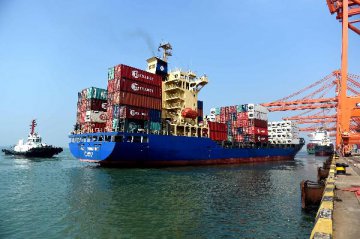Inflation rate in the Philippines in September rose to 2.3 percent from 1.8 percent in August, due to increase in food and non-food prices, the National Economic and Development Authority said Wednesday. "The increase in inflation can be attributed to the decline in production since August and the low base effect for non-food items, " said deputy director general Rosemarie Edillon.
Edillon said food inflation rose to 3.1 percent in September from 2.5 percent in August, due to the adverse effects brought about by the series of tropical cyclones that devastated the country. "Rice prices will remain stable with the 250,000 metro tons of rice imported from Thailand and Vietnam expected to arrive by the end of October," Edillon said.
Citing the Philippine weather bureau forecast, Edillon said that risk of La Nina developing during the fourth quarter is still looming.
She called on strengthening the agricultural sector through a comprehensive agricultural development program that aims to increase the resiliency of the sector and create a balance in agricultural policy.
The agency also noted an increase in non-food inflation rate to 1.5 percent from 1.1 percent, due to price increases in housing, water, electricity, gas and other fuels, and transport.
Edillon said that inflation will remain low and stable for the rest of the year with continued expansion of the economy, solid private household consumption and investment, buoyant business and consumer sentiment, and adequate credit and domestic liquidity.
The agency predicted that inflation for 2016 would be "slightly lower" than the government's target of 2 to 4 percent. But international and domestic risks are titled to the upside from a possible rally in oil prices, depreciation of the peso against the U.S. dollar, and pending petitions for electricity rate increases, Edillon said.




















Latest comments